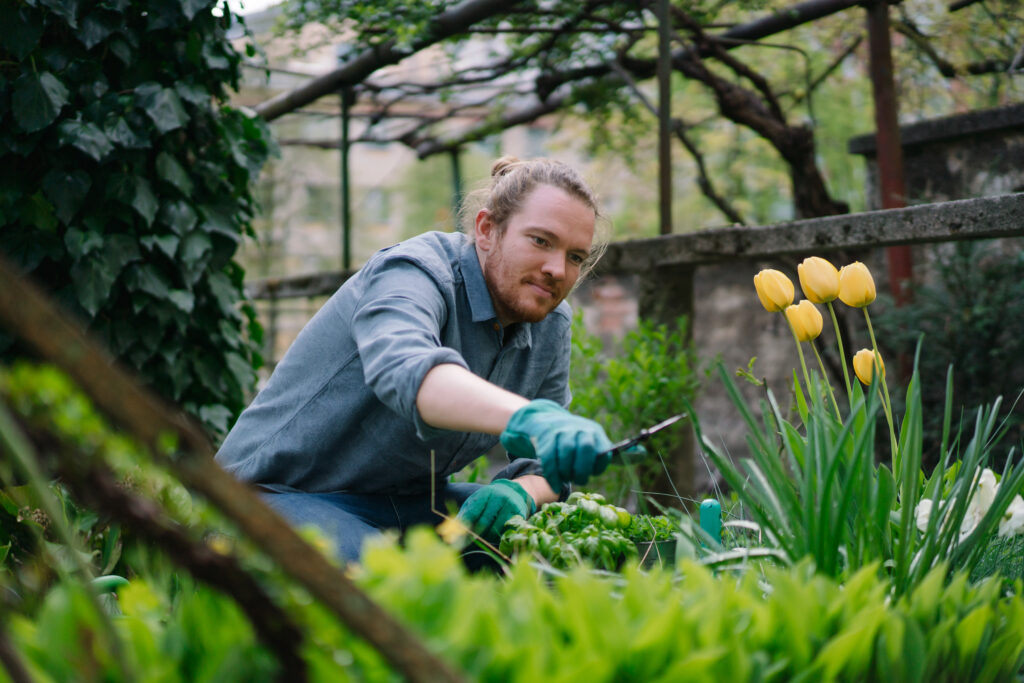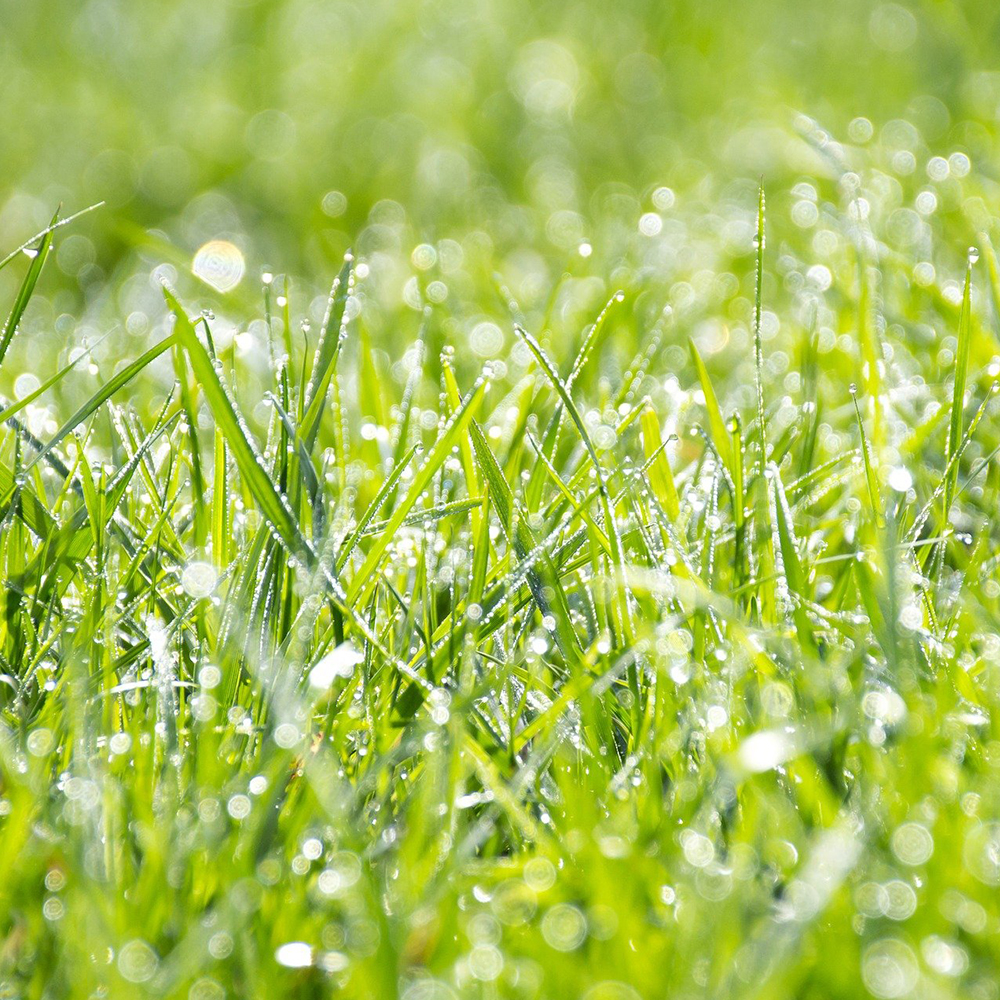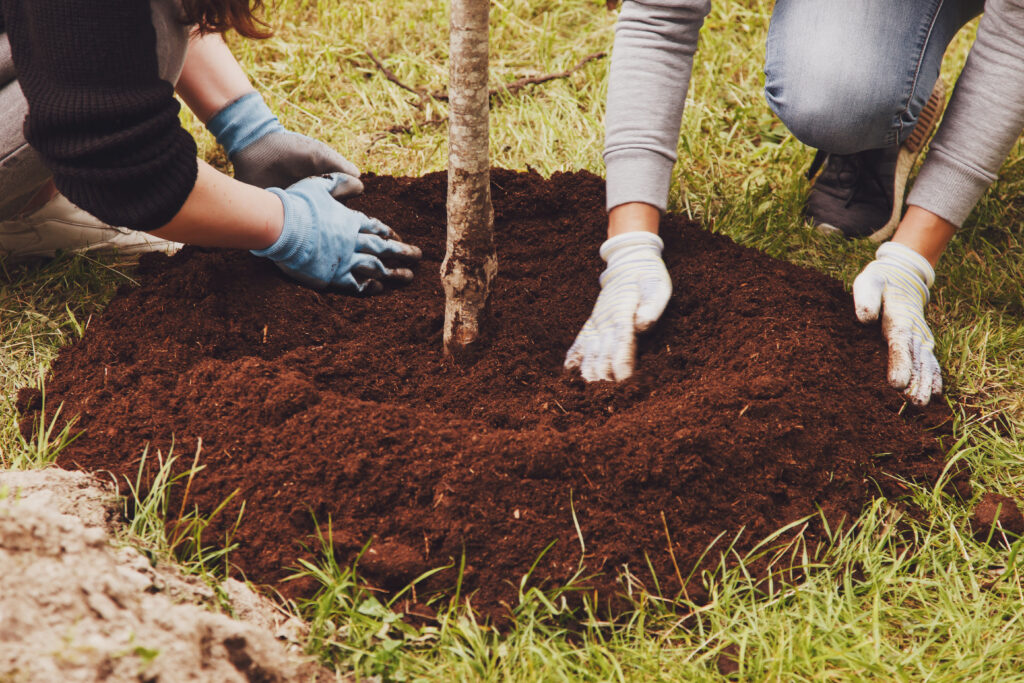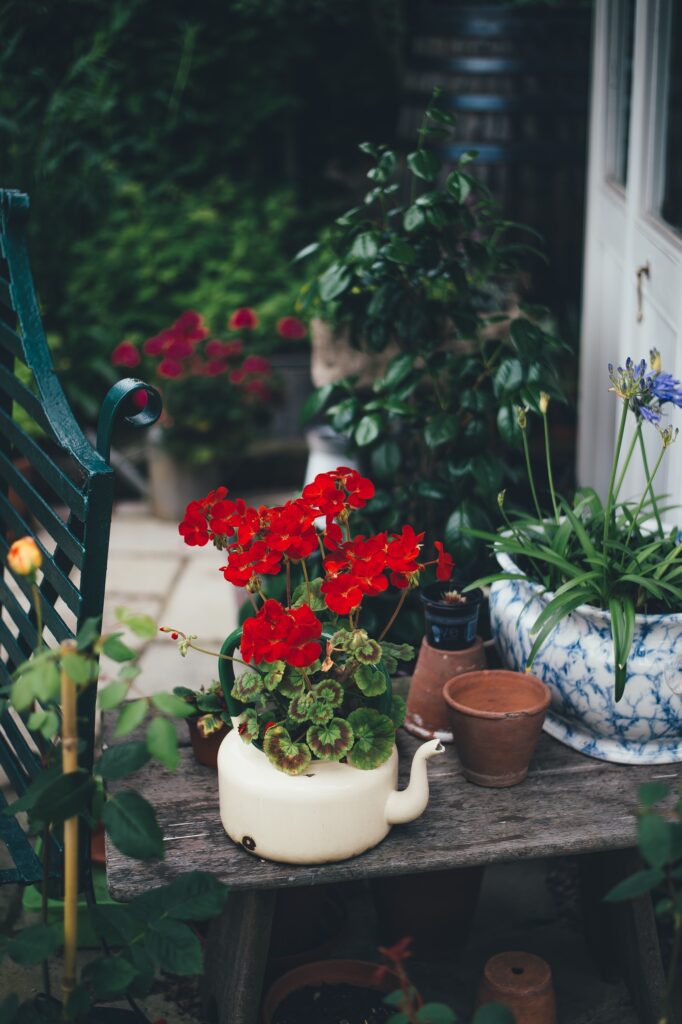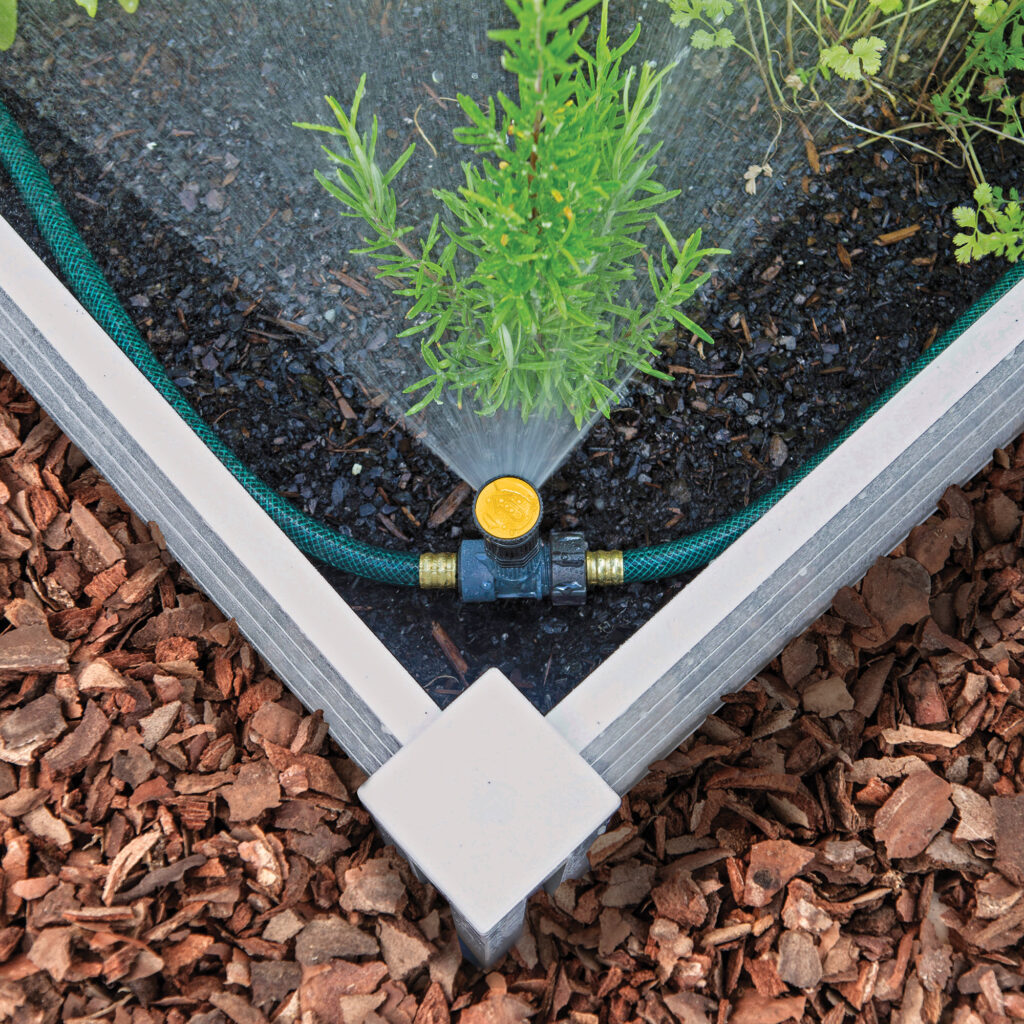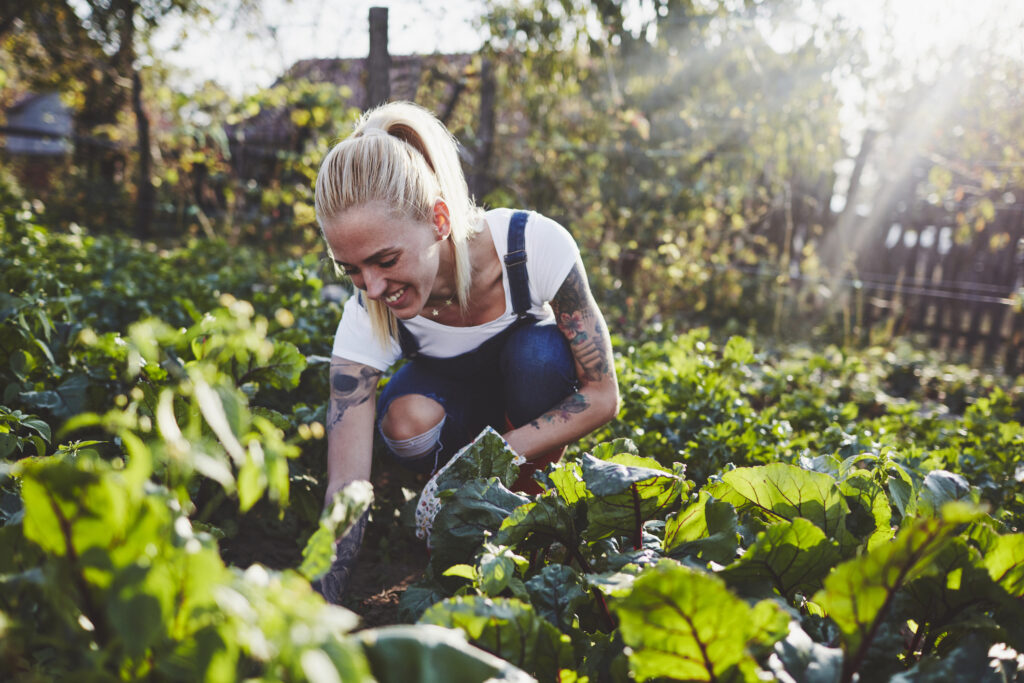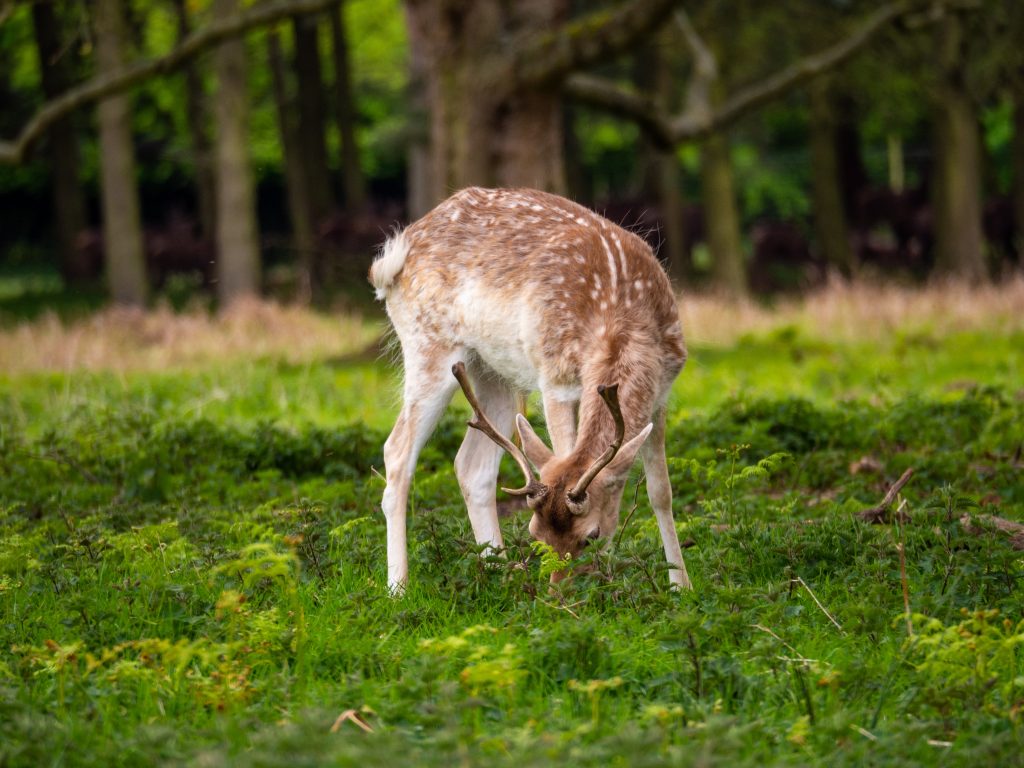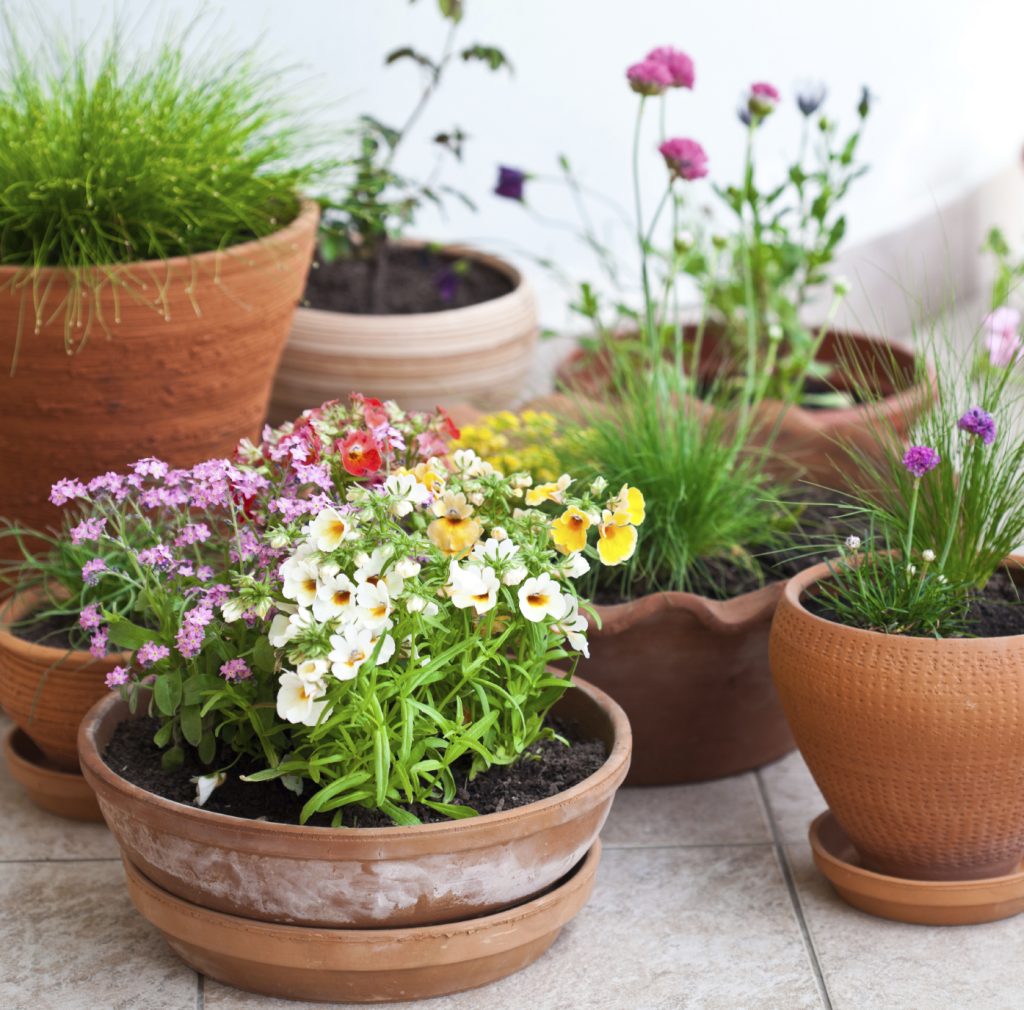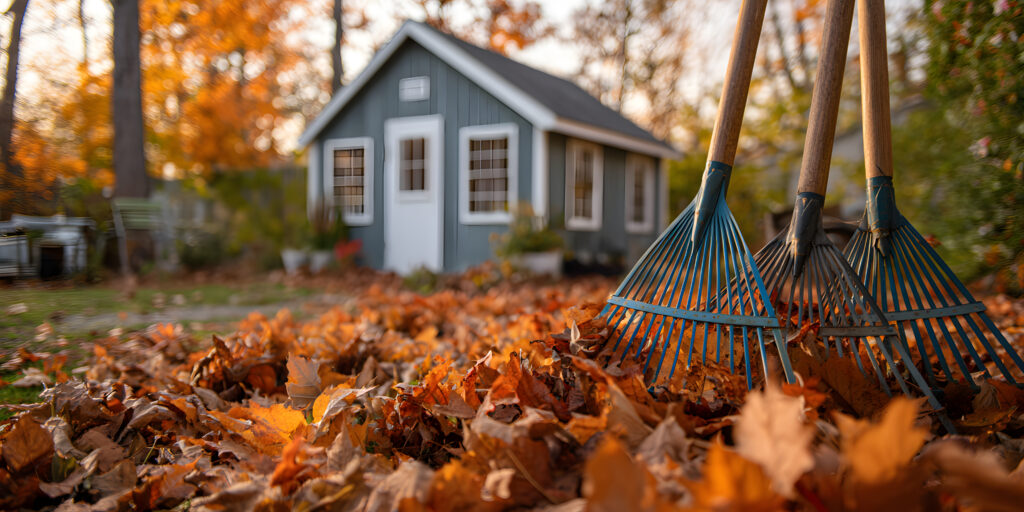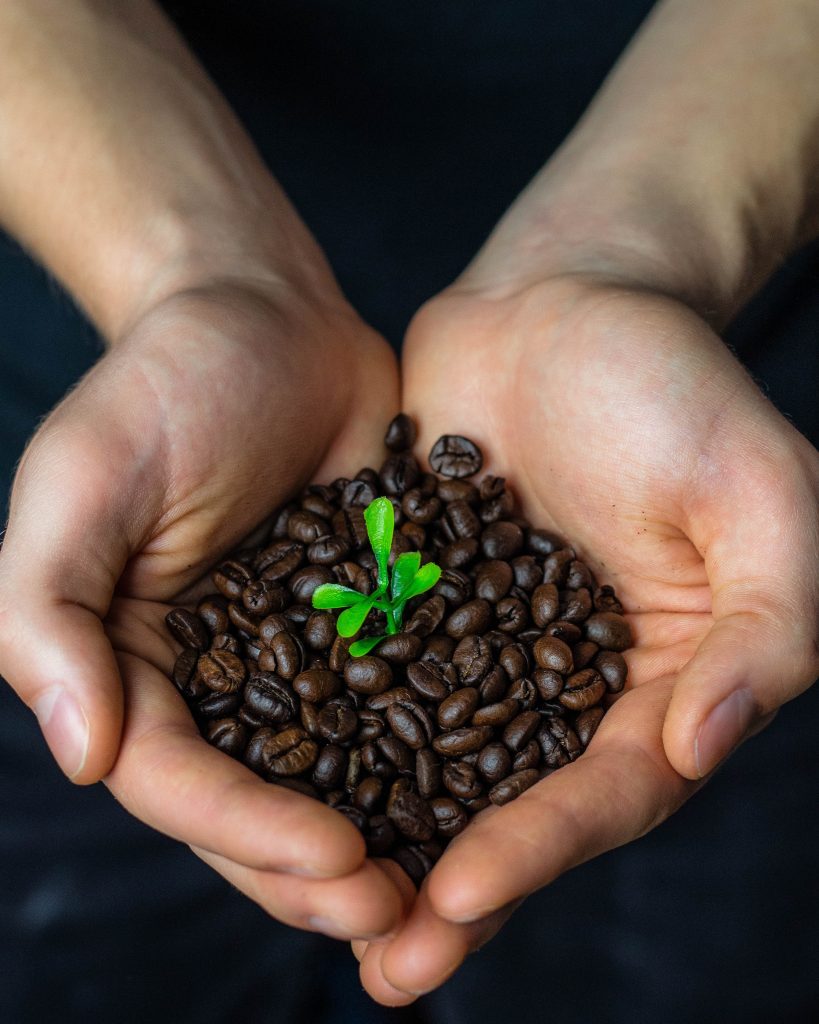Most plants should be exposed to the sun for 6 hours every day. Other plants, such as Primrose, can grow well in the shade. Keep this in mind when deciding where to place your garden.
Category Archives: DIY & Innovation
Follow our easy to follow guide for a luscious green lawn this year.
According to the Arbor Day Foundation and U.S. Forest Service, “Trees properly placed around buildings can reduce air conditioning needs by 30% and can save 20-50% in energy used for heating.”
What’s better than seeing the sunlight bouncing off your colorful treasures and imprinting its glow on your space? Even more charming is seeing those fresh blooms contained in something delightful.
Thus, the perfect mix is soil that holds moisture well but drains so that your roots don’t become waterlogged. Most plants require oxygen to reach the roots for proper growth indicating a high priority for aeration.
Using this guide and applying the preparation needed, anyone can grow spinach, brussels sprouts, radishes, and turnips — four commonly known, early-spring vegetables.
Traps like spring-loaded doors or mesh fencing can be especially useful in more extreme cases. Although, if you are experiencing this, catching one pest may not solve your problem
Check your plants: Look closely at all parts of your plants for pests — this includes: the leaves, stem, all sides of the foliage, and new growth.
When the end of the gardening season rolls around and fall cleanup is completed, taking a few hours or so to properly store your garden supplies for the winter can prevent damage or rust
After the beans have been left to cool down, grind them up – either with a blender or another similarly functioning machine, and add them to your coffee maker.
- 1
- 2


